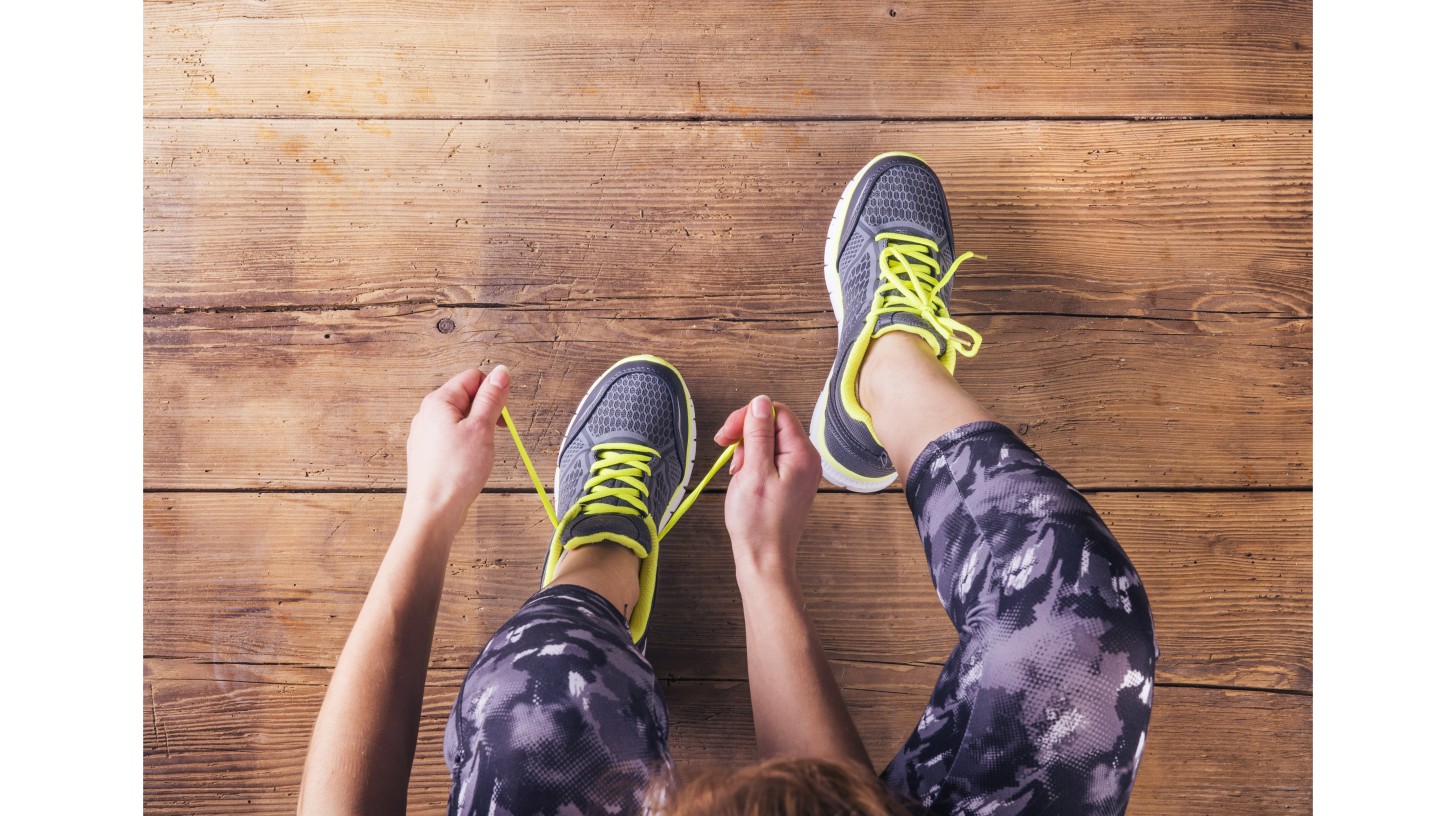How to Tell If Your Shoes Fit Properly
A proper shoe fit isn’t just about comfort; it’s critical to your foot health. Many people experience foot pain daily without realizing that their shoes may be the cause. Whether you're buying shoes for everyday use, work, or leisure, knowing how to measure your feet and recognize the signs of a good fit can help you walk more comfortably and prevent future issues.
Why Proper Shoe Fit Matters
Wearing shoes that are too small, too large, or simply the wrong shape for your feet can lead to a range of issues. From blisters and ingrown toenails to plantar fasciitis and tendonitis, poorly fitting shoes can trigger or worsen conditions that affect your comfort, posture, and even your joints.
A good fit ensures better weight distribution, supports the arch, and minimizes friction and pressure points. The result: less fatigue and healthier, pain-free feet.
The Risks of Wearing the Wrong Size
Nearly 1 in 6 people experience foot pain regularly, often due to shoes that don’t fit correctly. Unfortunately, fewer than 10% of footwear retailers receive training in proper shoe fitting or foot anatomy. This means many customers walk away with shoes that may look stylish but don’t support their needs.
Poorly fitted shoes can cause long-term issues like joint misalignment, heel spurs, or chronic inflammation. Taking the time to measure and assess your fit now can prevent years of discomfort later.
How to Measure Your Feet Accurately
Measuring your feet at home is quick and easy. You’ll need:
- A flat wall
- A piece of paper
- A pencil
- A tape measure or ruler
Place your heel against the wall and trace your foot. Measure the distance from the heel to the tip of the longest toe. Do this for both feet; most people have one foot slightly larger, and you should always choose a shoe based on the larger foot.
When to Measure
Measure your feet in the afternoon or evening. Your feet swell naturally throughout the day, so this ensures you get the most accurate sizing for all-day comfort. Shoes that feel fine in the morning may feel tight by dinner time if not sized appropriately.
Key Fit Checkpoints: How to Know a Shoe Fits
Not sure if your shoes fit correctly? Use the following checklist to evaluate your fit.
Table: Fit Checkpoint Summary
These checkpoints ensure comfort, prevent pressure points, and help maintain the natural shape and function of your feet.
Signs That Shoes Are Too Small or Too Large
Too Small:
- Toes touch the end
- Blisters or redness at pressure points
- Ingrown toenails
- General feeling of tightness or burning
Too Large:
- Heel slips with each step
- Toes slide forward and hit the front
- Excess rubbing, causing friction blisters
- Foot feels unstable in the shoe
Either situation can affect your balance and lead to injuries or long-term issues.
The One-Finger Fit Test
A quick way to test your fit: place one finger between the back of your heel and the shoe. If it fits snugly without force, the shoe likely has the right length. At the front, you should be able to wiggle your toes freely but without excessive movement.
This method also works well when checking children’s shoes to leave enough space for growth while still maintaining support.
Don’t Wait for Shoes to "Break In"
A properly fitting shoe should feel comfortable from the moment you try it on. If you're experiencing tightness or pressure early on, it's likely the wrong size or shape. While some materials like leather can soften with wear, fit issues should not be ignored or expected to go away with time.
If discomfort persists after a few wears, it's best to exchange or try a different model altogether.
Choose Based on Your Lifestyle
Fit is just one piece of the puzzle. When choosing shoes, also consider:
- Your daily activity level
- How long you’ll wear the shoes each day
- Whether you stand or walk for long periods
- Your foot shape (wide, narrow, flat arches, high arches)
Shoes with arch support, cushioned insoles, and flexible yet supportive outsoles can make a huge difference in everyday comfort, especially for work or errands.
Why Sizes Vary Between Brands
Each shoe brand uses different sizing molds (called lasts), which is why a size 8 in one brand may feel completely different in another. Always try on multiple sizes and focus on how the shoe feels rather than what the label says.
If shopping in-store, use a Brannock device for foot measurement. Online, refer to the brand’s specific size guide and consider customer reviews for sizing accuracy.
The Value of Expert Fitting Services
Some retailers offer trained staff who can:
- Accurately measure both feet
- Identify pressure points or gait abnormalities
- Recommend orthotic-friendly or custom-fit footwear
These services are especially helpful for individuals with plantar fasciitis, bunions, or other chronic foot issues. At stores specializing in foot health, you may also access technologies like 3D foot scans for optimal precision.
Selecting Shoes for Common Foot Conditions
If you suffer from foot conditions like tendonitis or plantar fasciitis, your shoes should prioritize cushioning and structure. Look for:
- Deep heel cups for alignment
- Arch support suited to your foot shape
- Shock-absorbing midsoles
- Wide toe boxes to reduce pressure on the forefoot
Avoid shoes that are too flexible or unsupportive; they can worsen symptoms or delay recovery.
Final Thoughts: Invest in Fit, Not Just Style
Your feet carry you through every step of your life. A well-fitted shoe helps reduce fatigue, prevent injuries, and promote better posture. By measuring your feet regularly, understanding what good fit feels like, and investing in quality footwear that supports your lifestyle, you give your feet the attention they deserve.
At Chaussures Le Pacha, we believe fit should never be a compromise because comfort, health, and confidence all start from the ground up.

